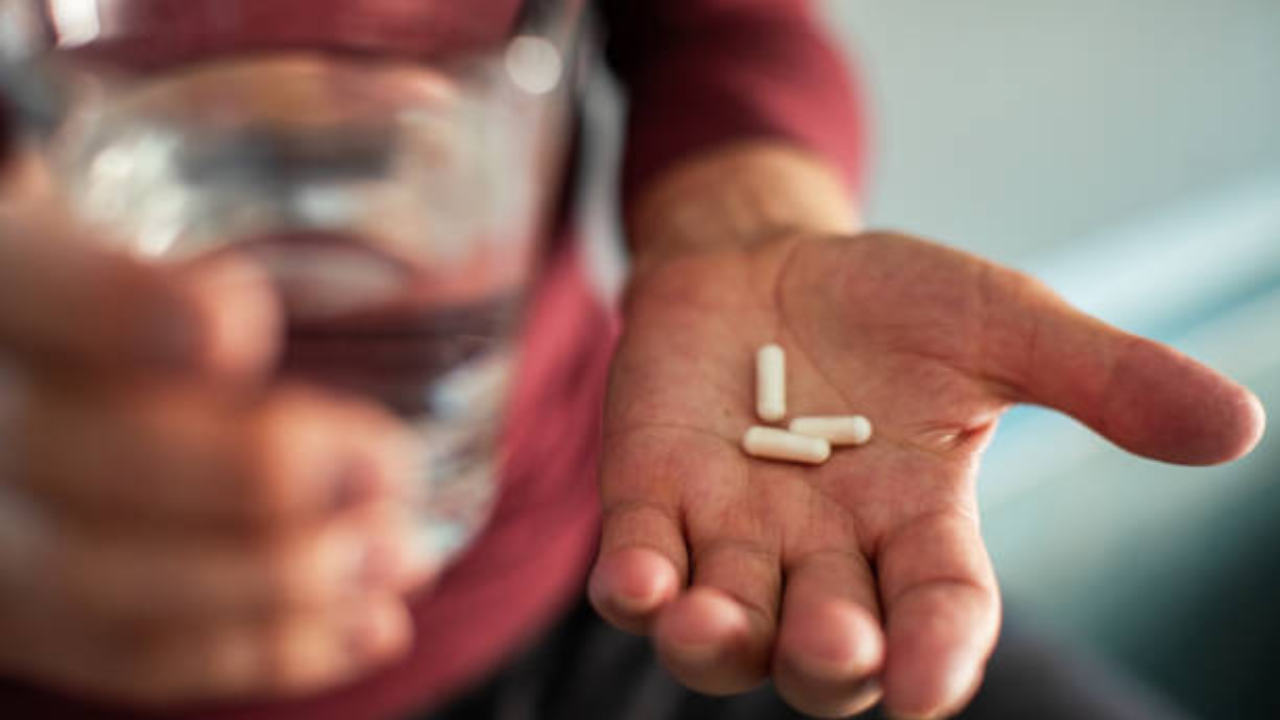
Think your blood pressure reading is accurate? Think again. Small, common mistakes during a routine check may lead to inaccurate readings and misdiagnosis. For Dr.
Sean Lucan, a family physician and researcher in preventive medicine, these issues are all too familiar. “I only remember having my blood pressure checked correctly a single time—at my own PCP’s [primary care provider] office,” he told The Epoch Times. “Maybe people are rushing.
Maybe they’re untrained. It’s a huge problem.” Training gaps contribute to the problem.
Blood pressure measurement is usually taught once in medical or nursing school, with little follow-up. Many measurements are also done by medical technicians or support staff, who may receive less formal training than nurses and doctors. “The problem isn’t limited to clinical staff,” Lucan noted, “it extends to patients using home cuffs without complete, proper education.
” These routine errors can ripple, leading to overdiagnosis and unnecessary medication. 1. Wrong Arm Position Using electronic blood pressure readings, researchers tested three common arm positions—supported at heart level, resting on the lap, and hanging unsupported—and found significant discrepancies in readings.
The researchers found that when the arm rests on the lap, systolic and diastolic readings can be nearly 4 mm Hg higher than the recommended position of being supported at heart level. An unsupported arm at the side led to even greater increases. 2.
Wrong Cuff Size 3. Crossing the Legs This leg position affects blood pressure because it increases cardiac output—the volume of blood the heart pumps each minute. With more blood flowing, pressure in the arteries rises.
However, since peripheral resistance, or the natural resistance in blood vessels, doesn’t adjust to offset this increase, the overall blood pressure spikes. Interestingly, crossing legs at the ankles doesn’t have the same effect on readings. 4.
Full Bladder The effect was most noticeable after three hours, though the increase didn’t continue to rise with longer durations. This suggests that while a full bladder can temporarily boost blood pressure, it’s the discomfort and tension, rather than time, that has the biggest impact. 5.
White Coat Hypertension Inaccurate blood pressure readings can set off a chain reaction of unnecessary treatments and stress. Misdiagnosed hypertension leads some patients to begin lifelong blood pressure medications—such as ACE (angiotensin-converting enzyme) inhibitors or beta-blockers—that carry risks of side effects like dizziness, fatigue, and kidney issues. For those without true hypertension, these side effects are unnecessary burdens.
Lucan advocates for a consistent national approach to blood pressure education. “I really think there should be a unifying educational campaign. Maybe [call it] ‘Check Right,’” he says.
Use the Restroom: Address any bladder or bowel urgency before taking your blood pressure, as this can alleviate temporary high readings. Avoid Stimulants: Avoid caffeine, nicotine, or exercise for at least 30 minutes prior, as these can temporarily raise blood pressure. Stay Calm: Take several deep breaths and relax.
Don’t talk during the measurement. If you experience white coat hypertension, consider monitoring blood pressure at home. Positioning: Sit upright with your back supported, feet flat on the floor, and your arm supported at heart level.
Use the Right Cuff Size: Ensure the cuff encircles at least 80 percent of the upper arm for accurate results. Place the Cuff on Bare Skin: Avoid placing the cuff over clothing to ensure an accurate reading. Repeat Readings: If the first reading is high, wait a few minutes and take another to ensure accuracy.
.














